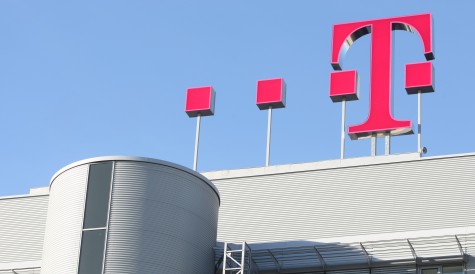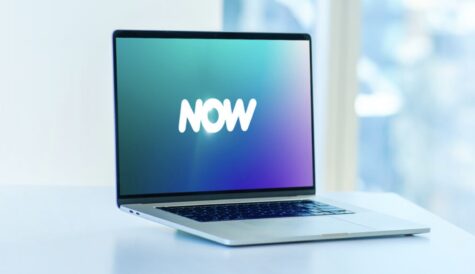US pay TV: cord-cutting, cable and content
Another week, another set of statistics heralding doom for the US pay TV business. Stuart Thomson weighs up the evidence.
 This week saw the release of new statistics highlighting the dire trajectory of the US pay TV industry. While analysts’ respective counts of the extent of the losses may vary slightly, the direction of travel is clear. Cord-cutting is accelerating. Pay TV is going down.
This week saw the release of new statistics highlighting the dire trajectory of the US pay TV industry. While analysts’ respective counts of the extent of the losses may vary slightly, the direction of travel is clear. Cord-cutting is accelerating. Pay TV is going down.
According to Kagan, traditional pay TV subscriptions dropped by 3.7% last year to 94 million. There is a slender silver lining: the rate of decline slowed down in the fourth quarter.
Another analyst outfit, Leichtman Research Group, calculated that the top US pay TV providers accounting for 95% of the market lost close to one and a half million subscribers over the course of the year, double the loss experienced in 2016. The absolute number of losses would have been much greater – double in fact – had it not been for the growing bases of pay TV operators’ online offshoots such as DirecTV Now and Sling TV.
Digital TV Research meanwhile predicted that US pay TV subscribers will decline by a further 10 million between now and the end of 2023, with penetration declining from a high of 87.6% in 2013 to just two thirds of TV homes five years from now.
Digital TV Research also predicted that US pay TV revenues will decline to US$36.8 billion by 2023 from a peak of US$54.1 billion in 2013, with the lower take from online skinny bundles failing to offset losses from the big bundles US operators have traditionally.
Figuring out the broad causes of this precipitous decline doesn’t require much head-scratching. This week also saw the publication of TiVo’s Online Video and Pay TV Trends report, which concluded squarely that the high price of pay TV packages provides the major incentive to cut the cord, with consumers expressing a strong desire only to pay for the channels they watch.
The desire to pay less is reinforced by changes in consumption habits. In another report released this week, Parks Associates calculated that three fifths of video viewed in US broadband homes is now on-demand, non-linear content. Even linear viewing in fast migrating online, with 30% of heads of households under 35 now viewing live content primarily via an online service.
From a European perspective, US pay TV seems hugely overpriced. The TiVo survey found that close to half of respondents pay between US$51-US$100 a month for pay TV, with 20% paying over US$126. And no single US pay TV operator has quite the same vice-like grip on premium live sports as the likes of a Sky. NFL rights, for example, are shared between the big four TV networks with cable offshoots such as NBC Sports and Fox Sports, cable network ESPN, owned by Disney, and the NFL Network. With Disney planning to launch direct-to-consumer ESPN+ and movie services next year, traditional pay TV’s appeal seems likely to diminish further.
For pay TV providers, that would seem to leave broadband and multi-play as the last line of defence. Broadband is of course a strong line. Consumers may be abandoning subscription TV but they need a broadband connection in order to view Netflix and other OTT TV streaming services – including Disney’s. And in truth, US cable is still a huge cash-generating machine, with income receiving an additional boost this year thanks to President Donald Trump’s tax giveaway.
Nevertheless, while pay TV operators are looking to broadband and multi-play to drive revenue growth and cash-flow, TV and media remain extremely important. The biggest player, Comcast, as owner of NBCUniversal, spans both infrastructure and premium content, and it is interesting to consider that Comcast and Disney are now rivals for control of Europe’s pay TV leader Sky.
Comcast, with its huge infrastructure-based subscriber count, is by far the larger of the pair, with revenues of US$85 billion to Disney’s US$56 billion. However, it is instructive to note that Comcast’s Brian Roberts is adamant that the attraction of Sky is that it is “a media company”. Robert compared the pairing of the Comcast and Sky to what was achieved “when Comcast got together with NBCUniversal”. For Roberts at least, it seems that content is still King, and pay TV is still a business that makes sense.



